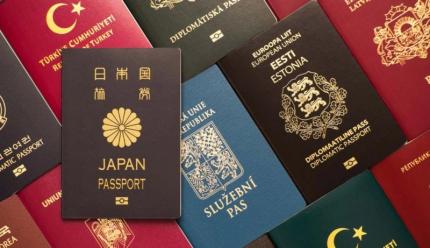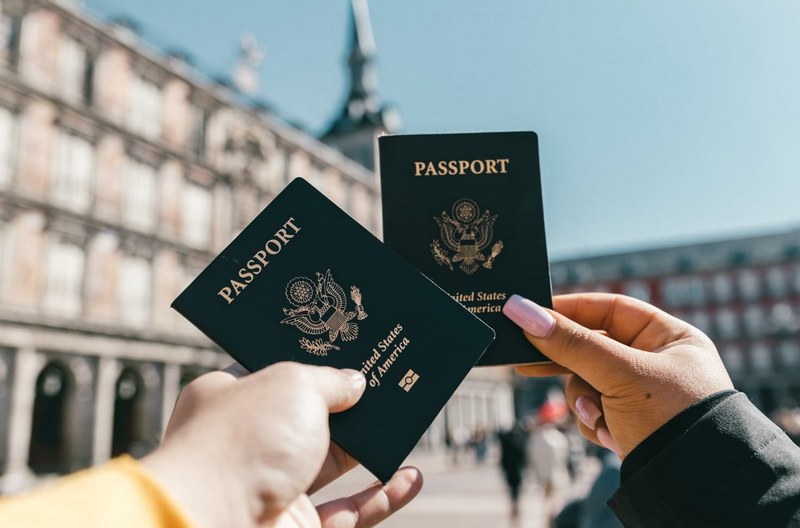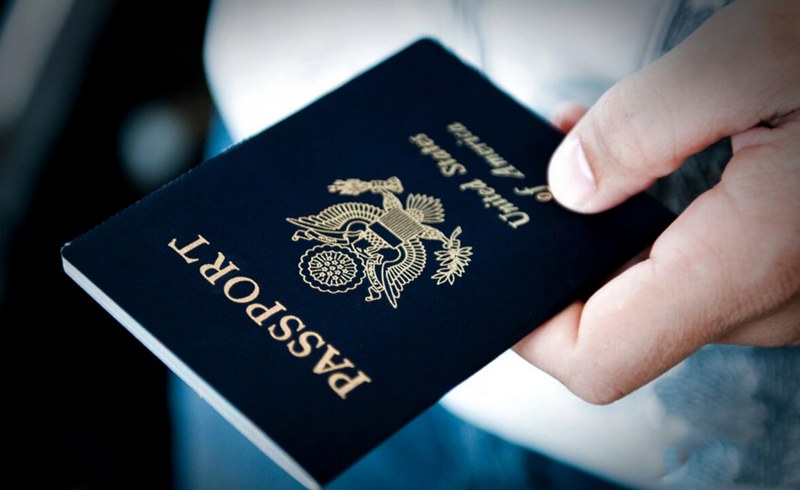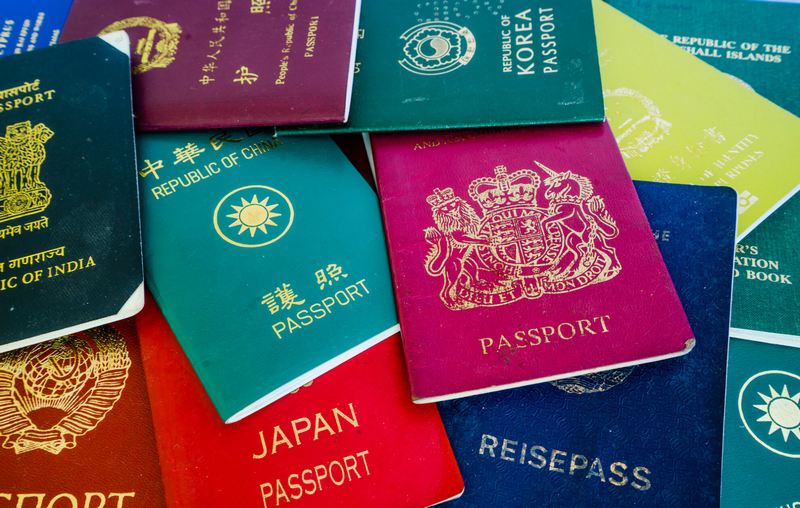Get free consultation
Fill out the form and we will contact you
A passport is not merely a personal document; it is also a symbol of freedom of movement and national strength. In an era of globalization, the value of a passport is measured by the number of countries its holders can enter without a visa or obtain a visa on arrival. Passport rankings have emerged to assess the 'power' of passports worldwide, based on the number of destinations accessible to citizens without visa barriers.
Reputable passport rankings, such as the Henley Passport Index and Arton Capital’s Passport Index, are based on data provided by the International Air Transport Association (IATA). The main criteria include:
Visa-free access: Countries where citizens can enter without obtaining a visa in advance.
Visa on arrival: Visas granted upon entry into the destination country.
Electronic visa (e-Visa): Visas applied for and issued online prior to arrival.
Traditional visa requirements: Citizens must obtain a visa in advance from an embassy or consulate.
Each country’s passport is scored based on the total number of destinations its citizens can access with ease. The more visa-free or visa-on-arrival options a passport offers, the higher its ranking.
Based on recent rankings, the following countries possess the world’s most powerful passports, allowing their citizens to travel freely to hundreds of countries and territories:
Singapore: The Singaporean passport consistently tops the global rankings, offering visa-free or visa-on-arrival access to over 190 destinations. Its strong diplomatic policies and economic influence have helped the country maintain its number-one position.
Japan: With access to approximately 190 visa-free destinations, the Japanese passport remains among the top due to the country’s extensive network of visa waiver agreements.
South Korea, Germany, France: These countries regularly share high-ranking positions, with around 185–188 visa-free destinations, thanks to strong international relations and advanced economies.
Italy, Spain, Austria: These European nations benefit from the freedom of movement within the Schengen Area and various international agreements.
United Kingdom, United States, Canada: Although their rankings have declined slightly in recent years, these countries remain in the top 10, offering access to over 180 visa-free destinations.
According to indexes such as the Henley Passport Index and Arton Capital’s Passport Index, the Vietnamese passport currently ranks around 85th to 90th in the world. It provides visa-free or visa-on-arrival access to approximately 50–55 countries and territories. Compared to other Southeast Asian countries, Vietnam's passport ranks lower than Singapore and Malaysia (around 10th–15th), and Thailand (around 60th–70th), but higher than countries like Cambodia or Laos.
Vietnamese citizens can enter certain countries and territories without a visa or by obtaining a visa on arrival. These destinations are primarily concentrated in Southeast Asia and a few other regions:
Southeast Asia: Thailand (30 days), Indonesia (30 days), Malaysia (30 days), Singapore (30 days), Laos (30 days), Cambodia (30 days), the Philippines (21 days), Myanmar (14 days), Brunei (14 days).
Asia: Mongolia (30 days), Maldives (30 days, visa on arrival), Nepal (90 days, visa on arrival), Timor-Leste (30 days, visa on arrival), Kyrgyzstan (60 days, e-Visa).
Africa: Cape Verde (visa on arrival), Comoros (visa on arrival), Madagascar (90 days, visa on arrival), Mauritius (60 days).
Americas: Panama (180 days), Dominica (21 days), Haiti (90 days).
Oceania: Micronesia (30 days), Vanuatu (30 days), Palau (30 days, visa on arrival).
In addition, several countries offer e-Visas to Vietnamese citizens, including India, Sri Lanka, and Kenya, helping to simplify the visa application process.
The Vietnamese passport still faces several limitations:
Limited visa-free access: Compared to developed nations or even some regional neighbors, Vietnam has relatively few destinations that allow visa-free entry.
Restrictions due to diplomatic relations: Some countries impose strict visa requirements on Vietnamese citizens over concerns about illegal immigration or security risks.
Bureaucratic procedures: Obtaining a visa from embassies or consulates can be complicated, time-consuming, and costly.
Vietnam is actively working to enhance the strength of its passport through several measures:
Bilateral visa waiver agreements: Negotiating with countries such as Japan, South Korea, and several European nations to expand the visa exemption list.
Participation in regional organizations: As a member of ASEAN, Vietnam can leverage regional free-movement agreements to strengthen its passport’s standing.
Improving national image: Promoting tourism, culture, and economic development to build trust with other countries.
Bảng xếp hạnPassport rankings are a valuable tool for assessing global citizens’ freedom of movement. For Vietnam, improving passport strength not only brings practical benefits to its citizens but also elevates the nation’s global standing. According to Quốc Tịch Thứ Hai (Second Citizenship), by expanding visa waiver agreements, enhancing international relations, strengthening security, and boosting economic development, Vietnam can gradually improve its passport power and unlock greater opportunities in an increasingly interconnected world.
Fill out the form and we will contact you



